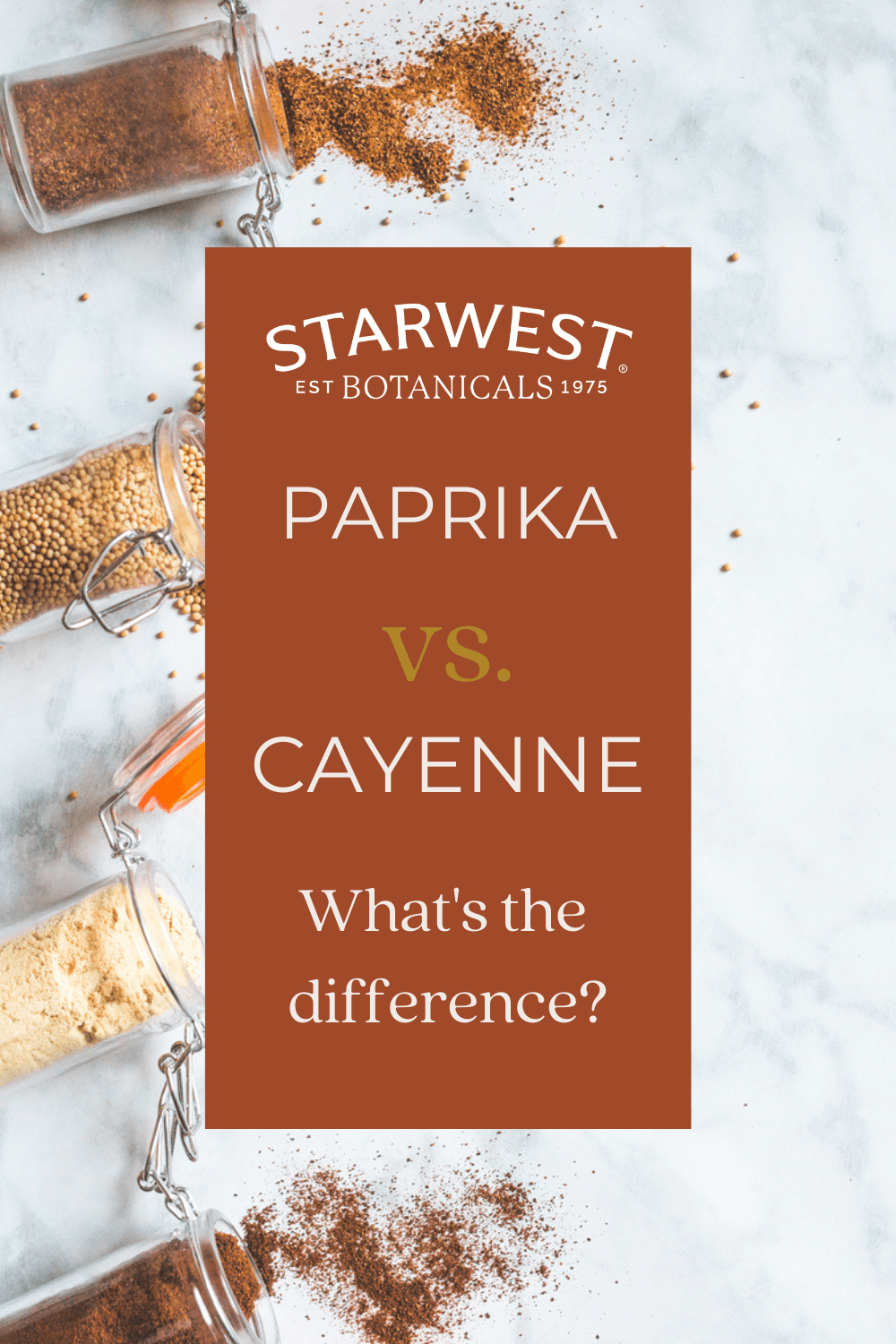- No. 268 Xianghe Street, Economic Development Zone of Xingtai city, Hebei 054001 China
- Byron@hbhongri.cn
Exploring the Flavor Profiles of Chinese Chili Powder and Paprika for Culinary Delights
The Colorful World of Chinese Chili Powder and Paprika
Chinese cuisine is renowned for its bold flavors, vibrant colors, and intricate balance of ingredients. Among the many spices that contribute to the rich tapestry of flavors, chili powder and paprika stand out for their versatility and distinctive properties. These two spices not only enhance the appearance of dishes but also add exciting layers of flavor that can transform a simple meal into an unforgettable culinary experience.
Understanding the Basics Chili Powder and Paprika
Chinese chili powder, often made from a variety of dried red chilies such as broad beans, Sichuan peppers, and other local varieties, is known for its intense heat and complex flavor profile. This spice is an essential component in numerous regional dishes, particularly in Sichuan and Hunan cuisines, where heat is a defining characteristic. It typically contains a mix of ground chili peppers, salt, and sometimes additional spices like garlic or onion powder, creating a robust seasoning that tantalizes the taste buds.
On the other hand, paprika, which is derived from ground sweet or hot peppers, originates primarily from Hungary and Spain. Its flavor can range from mild and sweet to hot and smoky, depending on the type of pepper used. In Chinese cooking, paprika is often employed to add color and subtle sweetness, balancing the heat from chili powder. While it may not be as prevalent in traditional recipes, it serves as an excellent complement to the sharper notes of chili powder.
The Culinary Applications
The use of chili powder in Chinese dishes is vast and varied. It is commonly found in stir-fries, marinades, and sauces. A prime example is the beloved Kung Pao Chicken, where chili powder is used to create a mouthwatering blend of sweet, sour, and spicy flavors. Moreover, spicy hot pot, a popular communal dish, relies heavily on chili powder to infuse the broth with heat, allowing diners to customize their spice level to their liking.
china chili powder and paprika

Paprika, while not a traditional Chinese spice, has found its way into modern Chinese cuisine, especially in fusion dishes. Chefs often utilize paprika to create visually appealing plates, where the bright red hue contrasts beautifully with green vegetables and other colorful ingredients. It can be used as a finishing touch on roasted meats or incorporated into sauces, adding both flavor and color to the dish.
Health Benefits and Nutritional Value
Both chili powder and paprika come with their own set of health benefits, making them not only flavorful additions but also nutritious ones. Chili powder contains capsaicin, which is known for its anti-inflammatory properties, and can help boost metabolism. It may also aid in digestion and provide relief from certain types of pain.
Paprika, rich in antioxidants, is beneficial for overall health. It contains vitamins A and E, which are vital for a healthy immune system and skin. Additionally, the carotenoids found in paprika may help improve vision and reduce the risk of chronic diseases.
Conclusion
In conclusion, Chinese chili powder and paprika are more than just seasoning agents; they are essential players in the culinary world, each bringing unique qualities to the table. While chili powder ignites dishes with its fiery heat, paprika adds a touch of sweetness and vibrant color. Together, they showcase the beauty of balance in cooking, embodying the spirit of Chinese cuisine. Exploring recipes that utilize these spices can lead to innovative and exciting dishes that not only tantalize the palate but also celebrate the rich heritage of culinary traditions. Whether you are a seasoned chef or a home cook, incorporating these spices can elevate your culinary creations to new heights.
-
Turmeric Rhizome Powder: A Golden Treasure from Roots to TableNewsJul.28,2025
-
The Versatile Application Of Crushed Red Hot Peppers: Lighting Up The Red Flames On The Dining TableNewsJul.28,2025
-
The Paprika: A Touch Of Vibrant Red In Color, Flavor, And CultureNewsJul.28,2025
-
Ground Turmeric: A Modern Examination of an Ancient SpiceNewsJul.28,2025
-
Capsicum Liquid Extract: Features, Applications, and ChallengesNewsJul.28,2025
-
Application of Capsicum Liquid Extract in FoodNewsJul.28,2025







